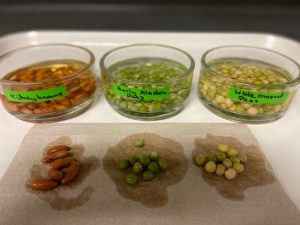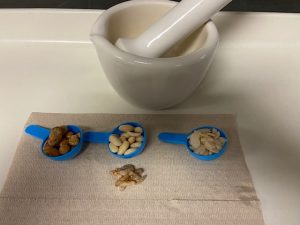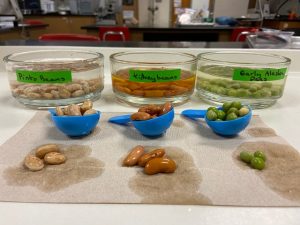Cellular Respiration – Online Make Up Module
Scroll below for In-person Labs
Cell Respiration Online Lab Handout – Includes areas for filling out your tables and answering questions.
Make sure you have Excel or access to Google Sheets. As an NCSU student, you can download Microsoft Office 365 from NC State’s OIT software site for free!
Read along in your lab handout with the information on this webpage. Fill in and answer all questions accordingly in your lab handout. Your lab handout will be collected and graded later.
Overview of Aerobic and Anaerobic Respiration:
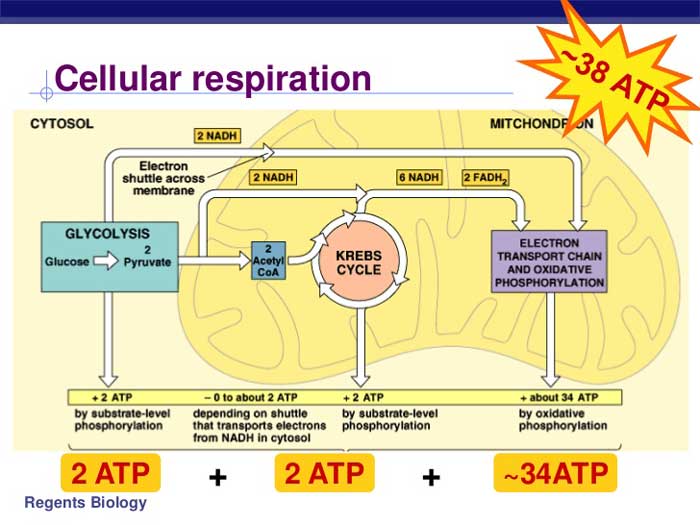
BioVisions Powering the Cell: Mitochondria– short video. What structures/processes can you see within this animation demonstrating aerobic cellular respiration? Structures to look for while watching – mitochondria moving along microtubules, mitochondrial membrane surface with channel proteins, pyruvate dehydrogenase complex moving into the inner mitochondrial matrix, cristae, electrons moving along the electron transport chain (ETC), pumping H+ to the intermembrane space, ATP Synthase and the synthesis of ATP.
Aerobic Respiration:
The Electron Transport Chain
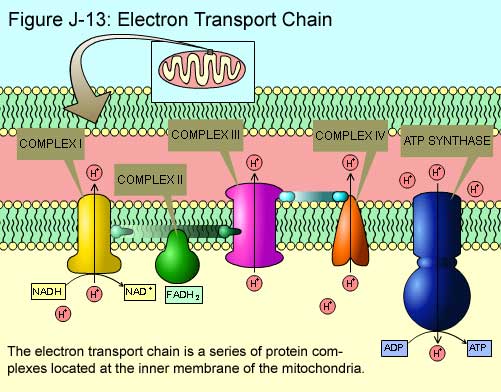
Electron Transport Chain and the production of ATP – simplified animation
A beautiful more detailed animation of the Electron Transport Chain – shows details within the membrane and protein complex structures (I, II, III and IV). You do not need the fine details of this for lab, but the overview may help you with lecture information. (BIOVISIONS animation, 7:44)
Activity 1: Guided Aerobic Respiration Experiment (fill in and answer questions within the procedure)
Short Video with Dr. Jacquet discussing how to measure Cellular Respirations using a Vernier CO2 Sensor.
Activity 2: Exploratory Aerobic Respiration Experiments
(fill in and answer all the questions within the procedure)
A List of the Available Specimen and Themes for Aerobic Respiration Experiments when performing this activity in lab
Seed Choices above – Pinto beans grown in freshwater, 1% NaCl, 3% NaCl, and Kidney beans, Early Alaska and Little Marvel Peas in freshwater. Pinto beans whole vs. “peeled” vs crushed pinto beans. Below: Whole plant Zebrina, and Animal choices: superworms (1 1/2 – 2″ long) and mealworms (3/4-1″ long).
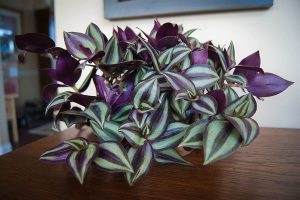
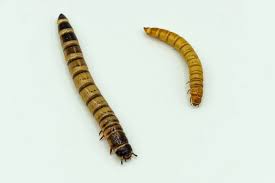
Data from previous student group experiments
Choose ONE of the following Excel data sets. You may want to review the Details on Available Specimen and Themes link above to help you understand the comparisons below. Follow Activity 2 B steps 3-4 at the end of the lab handout/write up. Save and include a copy of your data table(s) with your lab information. Be sure to follow graphing expectations for proper graphing in BIO 181/183 (p. 204, Appendix D ).
Graphing with Excel – Appendix D in your lab manual. This also shows how to divide columns by gram weight (p. 201) and how to add a trendline and equation of the best fit line (p. 203). These are both important skills needed for the Cell Respiration lab and the Energy lab assignment.
Important Resources:
Resources – from the red main menu bar on the lab website. Includes all sorts of information to help you find references, correct reference and citation formats, how to write lab reports….
A few of the Important Links you will Find on the Resources page:
Lab Report – General Grading Rubric used in BIO 183 (& BIO 181)
Graphing with Excel – Appendix D in your lab manual. This also shows how to divide columns by gram weight (p. 201) and add a trend line (p. 203). These are both important for the Cell Respiration lab and the Energy lab assignment. Take special note of graphing criteria on page 204.
Understanding and Representing Data – Appendix E in your lab manual
Anaerobic Respiration:
Yeast Fermentation Experiment – balloons catching the gas product.
Bioprocessing Part 1 – Fermentation (15:03 shows how Fermentation is used in industry at large volumes).
Kombucha – a less familiar fermented beverage
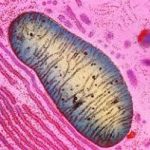
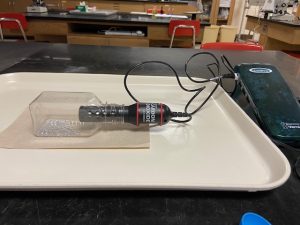
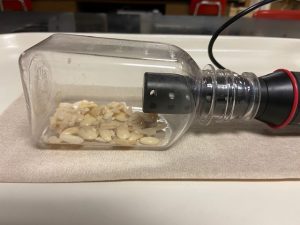
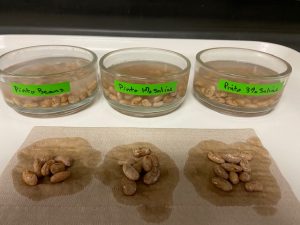 .
. 